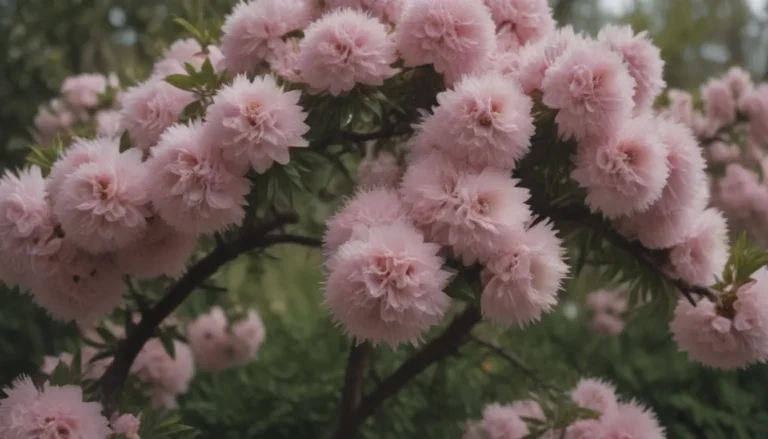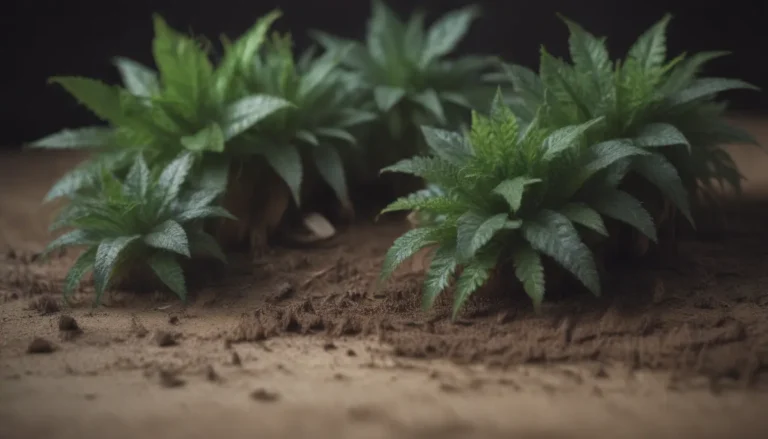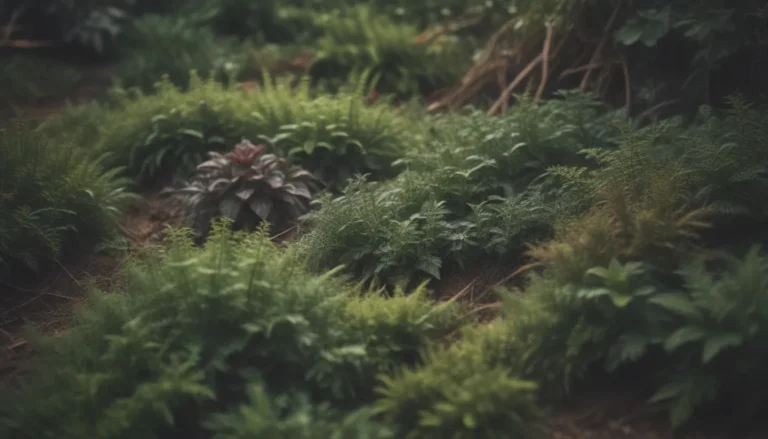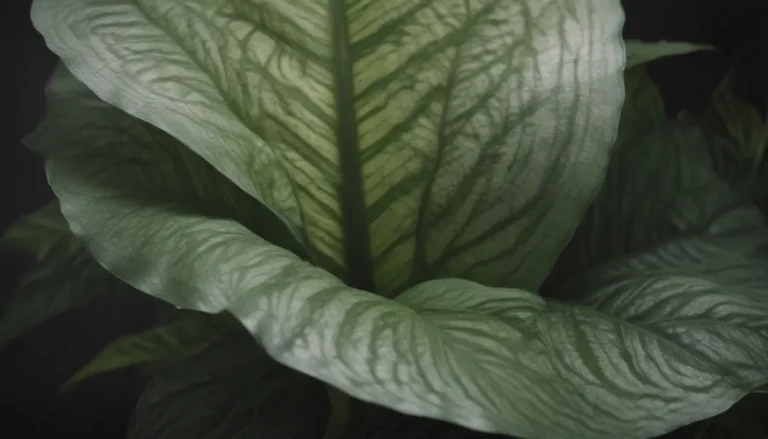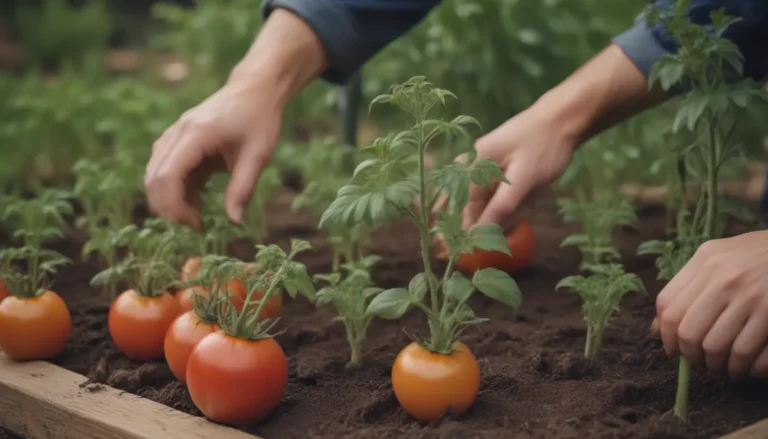The Ultimate Guide to Growing Morel Mushrooms at Home
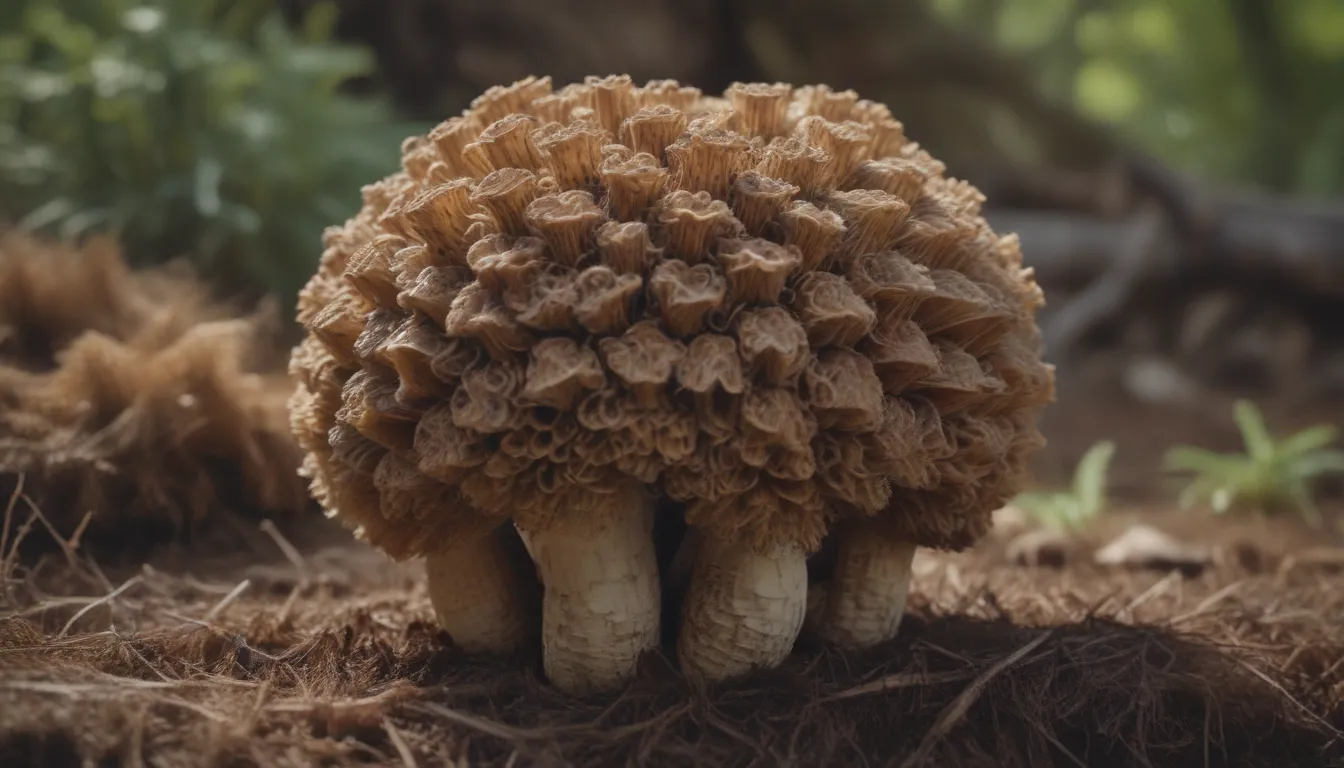
Are you a fan of the delicious meaty flavor of wild morel mushrooms but find it challenging to hunt for them in the wild? Have you considered growing your own morel mushrooms right at home? In this comprehensive guide, we will walk you through everything you need to know about planting, caring for, harvesting, and propagating morel mushrooms. Whether you are a seasoned gardener or just starting out, this article will provide you with valuable information to successfully cultivate your own morel mushrooms.
Understanding Morel Mushrooms
Before we dive into the details of growing morel mushrooms, let’s take a closer look at these fascinating fungi. Morel mushrooms, scientifically known as Morchella spp., belong to the Fungi kingdom. Unlike plants, mushrooms do not have roots or produce seeds. Morels have a unique growing habit, with the visible mushrooms being the fruiting bodies of a vast underground network of mycelium filaments. It can take several years from seeding the soil with spores until a good colony of mushrooms appears, making wild patches of morel mushrooms highly prized.
There are as many as 70 species of morel mushrooms, but the ones commonly gathered in the wild include the black morel (Morchella elata), the common morel (Morchella esculenta), and the late morel (Morchella deliciosa). These mushrooms are perfectly camouflaged in their woodland habitat, blending in with leaf litter and decaying wood that nourishes morels from one season to the next.
How to Plant Morel Mushrooms
Growing morel mushrooms at home requires replicating their favorable growing conditions outdoors. While it may seem challenging, with patience and the right environment, you can successfully cultivate morel mushrooms. Here are some tips to help you get started:
- Prepare the soil: Morels thrive in carefully prepared soil with plenty of decaying wood matter, such as that found around dying trees. Wood chips, wood ash, peat moss, and sand are excellent soil additives for growing morels.
- Create a spore mixture: You can create a spore mixture by boiling distilled water, molasses, and salt. Let the mixture cool, add shredded morel mushrooms, and strain it to collect the liquid containing spores.
- Plant the spores: Sprinkle the spore liquid over the prepared soil area and cover it with compost. Monitor the area daily for the growth of mushrooms.
If you prefer, you can use a commercial morel spore kit with detailed instructions. Remember that growing morels can be unpredictable, so don’t be discouraged if you do not see mushrooms in the first year. It may take several years to establish a thriving colony.
Morel Mushroom Care
Taking care of morel mushrooms involves providing the right conditions for their growth. Here are some essential care tips to help your morels thrive:
- Light: Morels prefer filtered light and grow under and around deciduous trees like elm, ash, alder, apple, and oak. Unlike plants, morel mushrooms do not make chlorophyll, so sunlight primarily warms the soil.
- Soil: Morels thrive in loamy soil enriched with nutrients from decaying trees and forest litter. Wood chips, wood ash, peat moss, and sand are beneficial soil additives for growing morels.
- Water: Regular moisture is key to morel mushroom growth. Keep the growing area as moist as a wrung-out sponge, preferably using captured rainwater.
- Temperature and Humidity: Morels grow best in cool, moist weather with temperatures ranging from 60 to 70 degrees Fahrenheit. Mild days with cool evenings and scattered rain create ideal conditions for morel growing.
- Fertilizer: Morels do not need additional fertilizer if the soil is rich in nutrients. Compost, leaf mold, wood ash, and composted manure can be used to enrich the soil for morel mushrooms.
Varieties of Morel Mushrooms
The Morchella genus contains several edible mushrooms with similar look, taste, and growing requirements. The black morel (Morchella elata), common morel (Morchella esculenta), and late morel (Morchella deliciosa) are popular morel varieties. Each variety has its preferred growing conditions and unique characteristics.
Morel Mushrooms vs. False Morels
Proper identification is crucial when growing mushrooms for consumption, as false morels can be toxic. False morels contain compounds that can cause liver failure or death if eaten raw or improperly cooked. True morel mushrooms have distinct characteristics, including a uniformly shaped cap attached to the stem and a hollow interior. It is essential to be confident in your identification before consuming any mushrooms.
Harvesting Morel Mushrooms
Harvesting morel mushrooms is a rewarding experience, but it requires careful handling to ensure freshness and quality. Here are some tips for harvesting morels:
- Cut or pinch mushrooms at ground level to reduce dirt in the harvest.
- Store harvested morels in the refrigerator between moist paper towels for up to one week.
- Older morels are just as tasty as young specimens, but be mindful of weather and animal damage as they continue to grow.
Propagating Morel Mushrooms
Each morel mushroom contains microscopic spores capable of growing new mushrooms. To propagate morels in a desired area, you can capture spores in a slurry and spread them in a suitable location. It may take several years for a network of mycelium to form, but once established, mushrooms will sprout and mature in a matter of days each spring.
In conclusion, growing morel mushrooms at home can be a rewarding and enriching experience. By providing the right conditions and care, you can enjoy a bountiful harvest of these prized fungi. Whether you choose to use a commercial kit or create your spore mixture, patience and dedication are key to successfully cultivating morel mushrooms. Remember to always properly identify mushrooms before consumption and enjoy the fruits of your labor. Happy growing!

